Scientists have identified how the brain protein cypin helps maintain strong connections between neurons, a discovery with implications for treating brain injuries and neurodegenerative diseases.
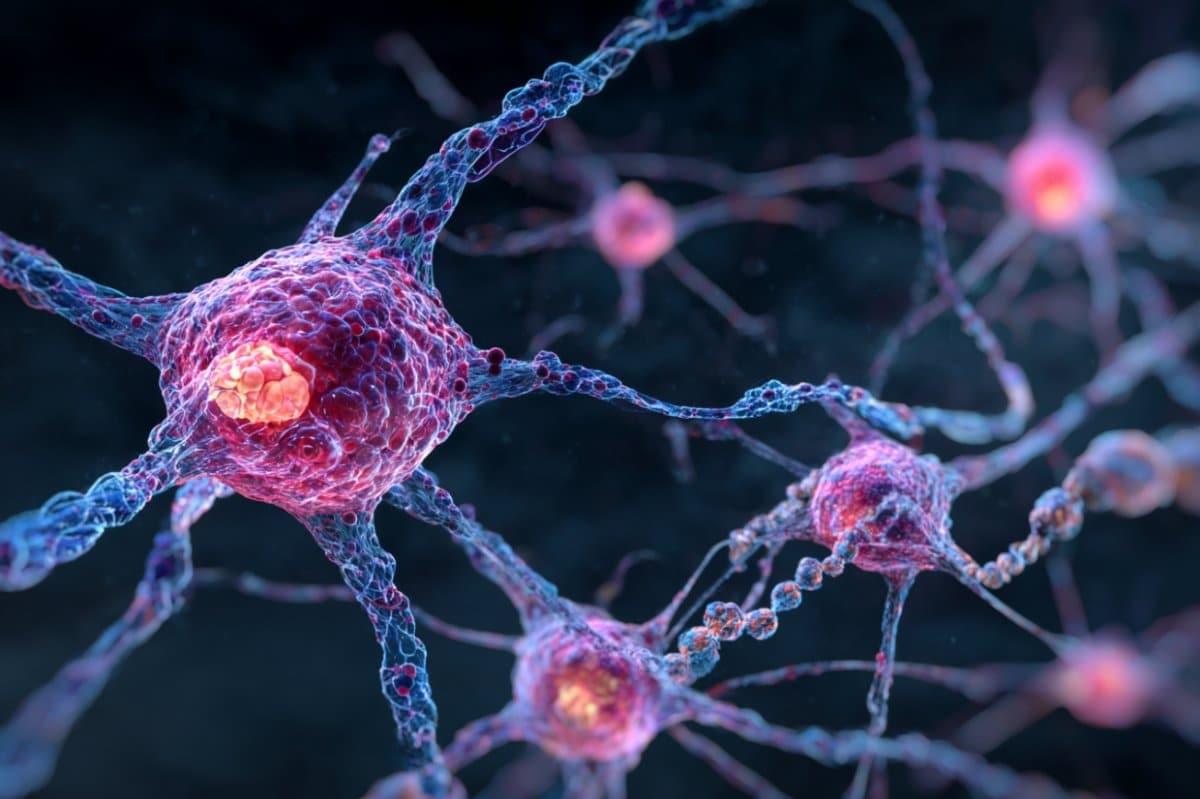

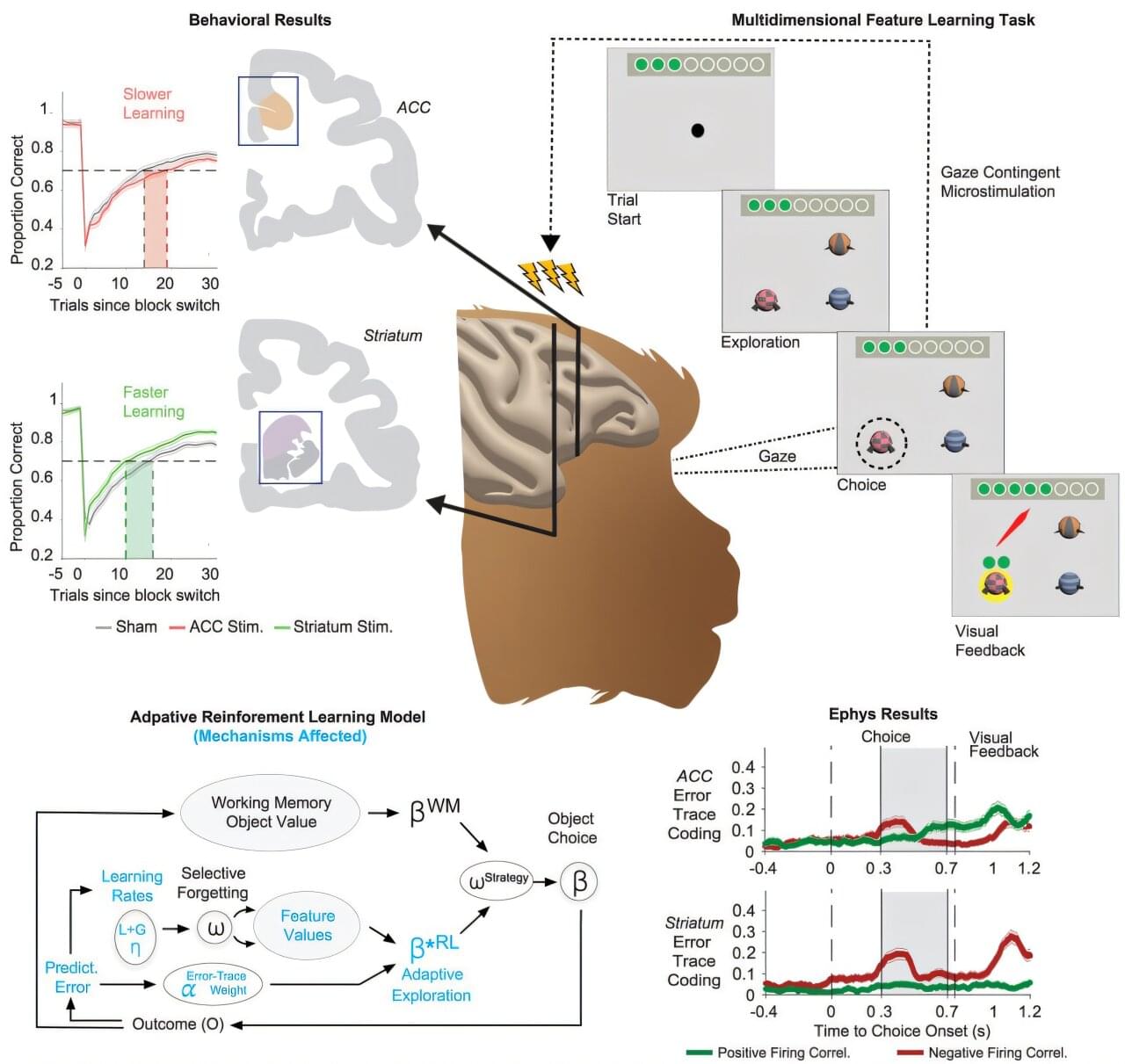
Research led by Thilo Womelsdorf, professor of psychology and biomedical engineering at the Vanderbilt Brain Institute, could revolutionize how brain-computer interfaces are used to treat disorders of memory and cognition.
The study, “Adaptive reinforcement learning is causally supported by anterior cingulate cortex and striatum,” was published June 10, 2025, in the journal Neuron.
According to researchers, neurologists use electrical brain-computer interfaces (BCIs) to help patients with Parkinson’s disease and spinal cord injuries when drugs and other rehabilitative interventions are not efficient. For these disorders, researchers say brain-computer interfaces have become electroceuticals that substitute pharmaceuticals by directly modulating dysfunctional brain signals.

Shading brings 3D forms to life, beautifully carving out the shape of objects around us. Despite the importance of shading for perception, scientists have long been puzzled about how the brain actually uses it. Researchers from Justus-Liebig-University Giessen and Yale University recently came out with a surprising answer.
Previously, it has been assumed that one interprets shading like a physics-machine, somehow “reverse-engineering” the combination of shape and lighting that would recreate the shading we see. Not only is this extremely challenging for advanced computers, but the visual brain is not designed to solve that sort of problem. So, these researchers decided to start instead by considering what is known about the brain when it first gets signals from the eye.
“In some of the first steps of visual processing, the brain passes the image through a series of ‘edge-detectors,’ essentially tracing it like an etch-a-sketch,” Professor Roland W. Fleming of Giessen explains. “We wondered what shading patterns would look like to a brain that’s searching for lines.” This insight led to an unexpected, but clever short-cut to the shading inference problem.
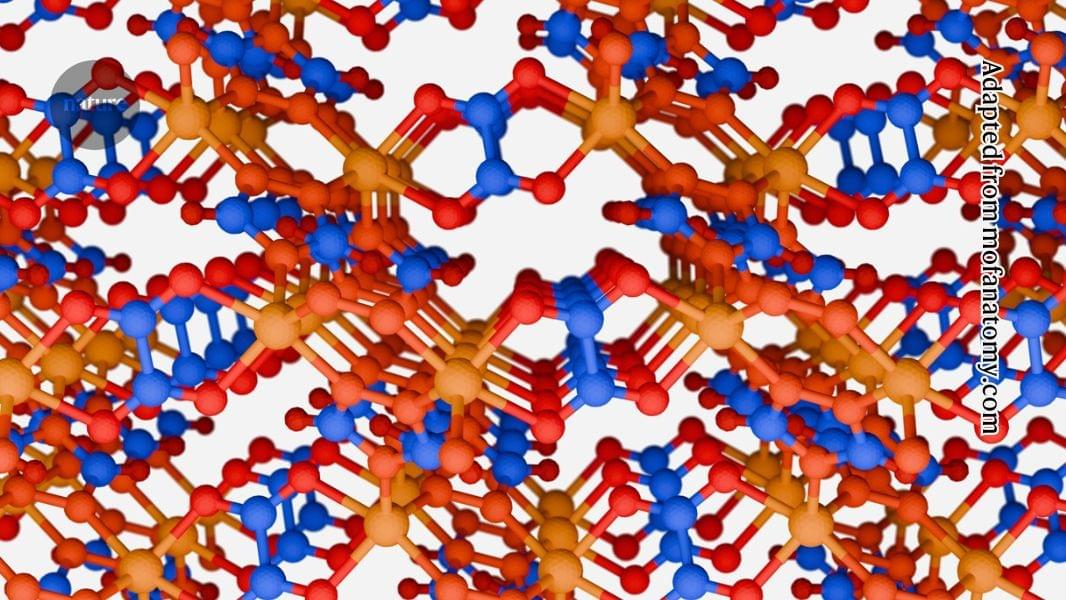

Parasitic, egg-eating worms might sound like the stuff of nightmares, but they’re simply a fact of life for blue crabs in the Chesapeake Bay.
Interestingly, a new study published in the journal PLOS One by researchers at William & Mary’s Batten School & VIMS suggests these worms could serve as a valuable biomarker for managing the fishery.
The most recent Winter Dredge Survey, conducted by the Batten School of Coastal & Marine Sciences & VIMS in collaboration with Maryland’s Department of Natural Resources, recorded historically low numbers of blue crabs in the Chesapeake Bay. The findings have sparked concern among the fishery’s many stakeholders and highlight a need for new tools that can help balance economic and ecological priorities—this study may help with that.
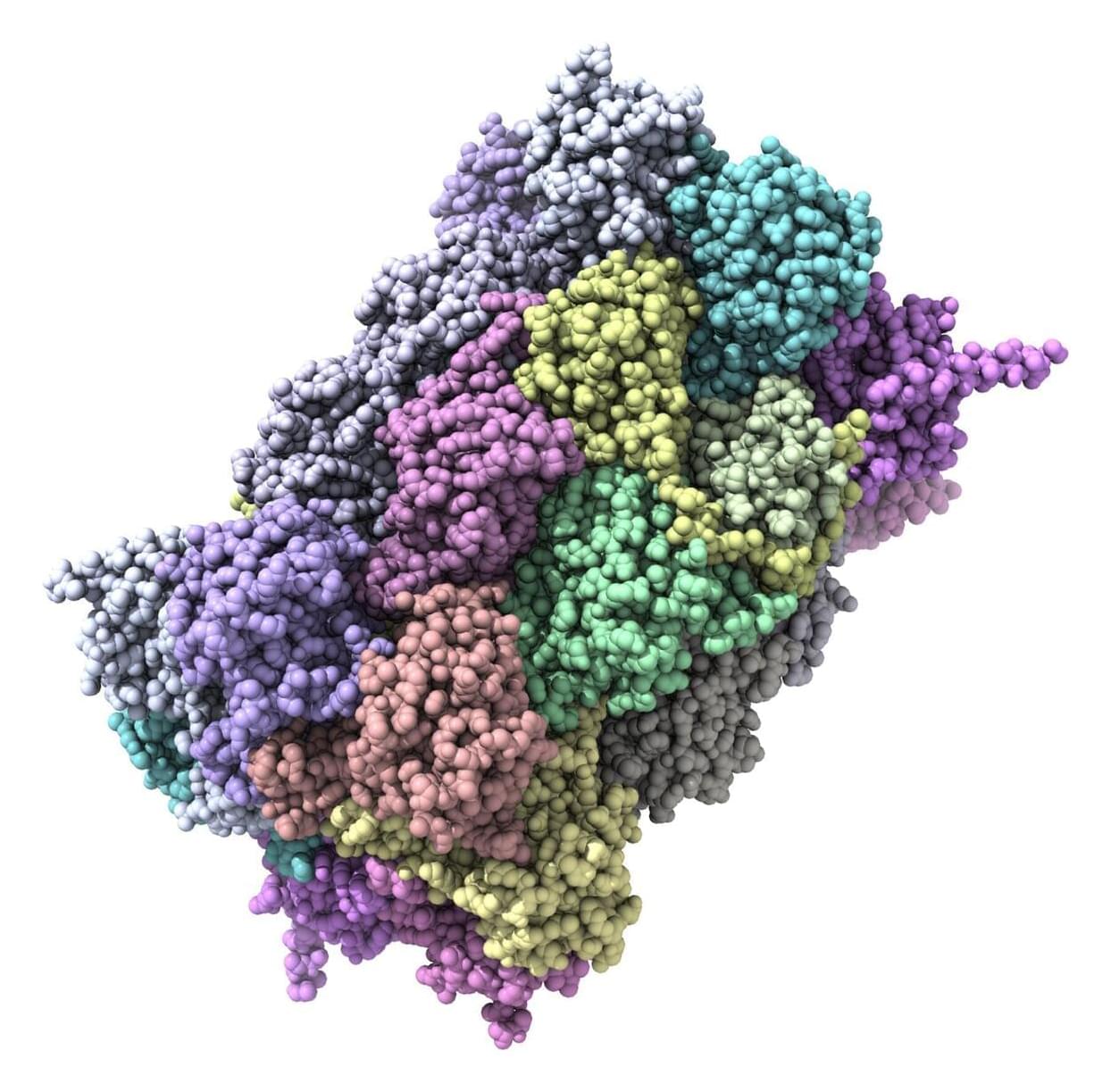
For decades, the story of Alzheimer’s research has been dominated by a battle between A-beta and tau amyloids, both of which can kill neurons and impact the brain’s ability to function. A new study suggests, however, that these sticky brain plaques may not be operating alone.
Johns Hopkins University researchers have identified more than 200 types of misfolded proteins in rats that could be associated with age-related cognitive decline.
The findings could lead the way to finding new therapeutic targets and treatments in humans that could provide relief for the millions of people over 65 who suffer from Alzheimer’s, dementia, or other diseases that rob them of their memories and independence as they age.

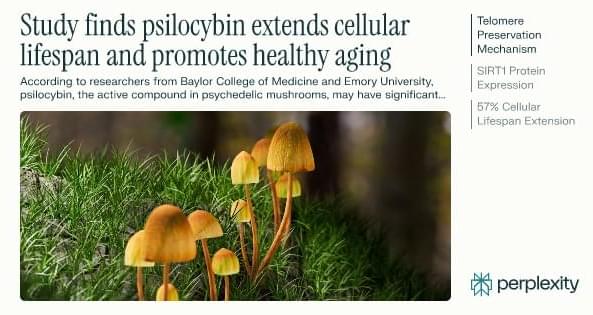
According to researchers from Baylor College of Medicine and Emory University, psilocybin, the active compound in psychedelic mushrooms, may have significant anti-aging properties, extending human cell lifespan by up to 57% in laboratory studies and improving survival rates in aged mice by 30% compared to untreated controls.
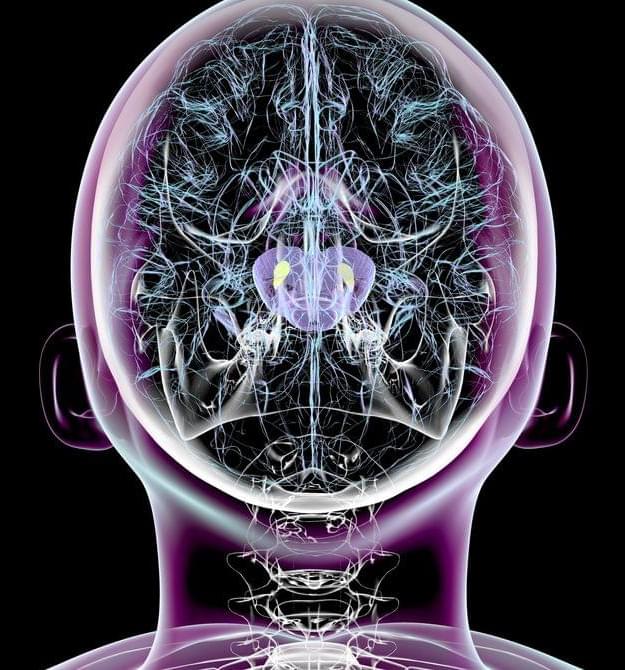
In 2017, he led a study that identified for the first time an abnormal form of a protein called SOD1 in Parkinson’s patients. Under normal conditions, this protein acts as an antioxidant enzyme, protecting brain cells from damage caused by free radicals, highly reactive molecules that contain oxygen and can deteriorate cells if not properly neutralized. Free radicals are produced by natural bodily processes as well as by external factors, like diet, smoking, and exposure to pollution.
In people with Parkinson’s disease, SOD1 suffers alterations that prevent it from fulfilling its protective function, with it instead accumulating in the brain and causing neuronal damage, according to the findings of Double’s team.
Based on these results, the team then conducted further research, with results suggesting that copper supplementation in the brain could be an effective way to slow and even reverse the symptoms of Parkinson’s (copper is crucial to SOD1’s function). To test this hypothesis, they evaluated the efficacy of a drug called CuATSM, designed to cross the blood-brain barrier and deliver copper directly to brain tissue.

IN A NUTSHELL 🌐 Realbotix’s humanoid robot can fluently speak 15 languages and access 147 additional languages via cloud support. 🏨 The robot aims to enhance communication in healthcare and hospitality by eliminating language barriers and improving user experiences. 📈 The global market for humanoid robots is projected to grow from $2.93 billion in 2025